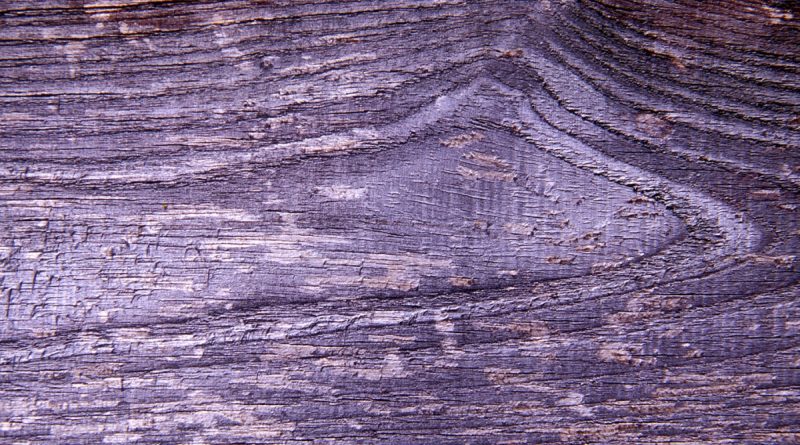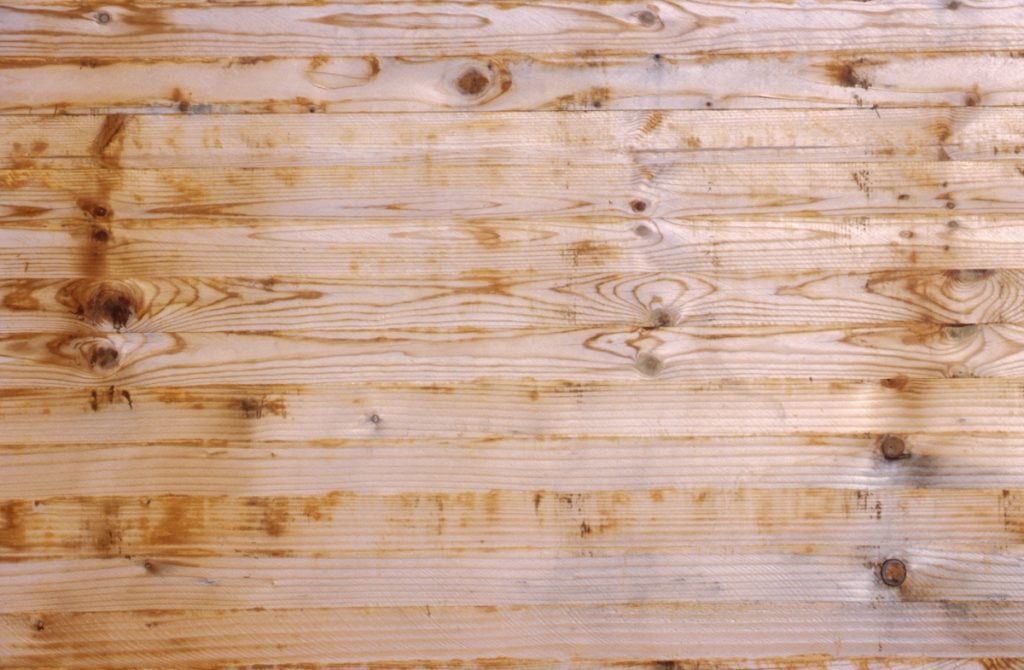Rustic wood backgrounds
Rustic wood backgrounds are a popular design element in both traditional and modern contexts. They have a distinct charm and character that adds warmth and personality to any space. The following are some background information on rustic wood and its use as a design element.
Rustic wood refers to wood that has been left in its natural state, without being processed or treated with chemicals. It is often rough and uneven, with visible knots, cracks, and imperfections. This type of wood is usually obtained from old barns, fences, and other structures that have been dismantled or reclaimed.
Rustic wood has become increasingly popular in recent years as a design element for both interior and exterior spaces. It is used for furniture, flooring, accent walls, and other decorative elements. The appeal of rustic wood lies in its unique texture, natural colors, and the sense of history and character it brings to a space.
One of the most common uses of rustic wood is as a background or backdrop for photography and video. Rustic wood backgrounds add a warm, organic feel to portraits, product shots, and other types of visual content. They are often used in lifestyle and home decor brands to create a cozy, inviting atmosphere.
Rustic wood backgrounds are also popular in web and graphic design. They are used as backgrounds for websites, social media posts, and other digital content to add a touch of natural warmth and texture to the design. They can also be used as texture overlays, giving flat designs a three-dimensional look and feel.
When using rustic wood as a design element, it is important to consider the type of wood and its condition. The type of wood used can affect the overall look and feel of the space. Some popular types of rustic wood include reclaimed barn wood, driftwood, and weathered fence boards. Each type of wood has its own unique texture and color.
The condition of the wood is also important to consider. Some designers prefer heavily weathered and distressed wood, while others prefer a smoother, more polished look. Depending on the intended use, the wood may need to be treated or sealed to prevent decay or damage.
Rustic wood backgrounds can be incorporated into a variety of design styles, from traditional farmhouse to modern industrial. They work well with neutral colors and natural materials like stone, leather, and linen. Rustic wood can also be paired with bold colors and patterns for a more eclectic look.
When designing with rustic wood, it is important to strike a balance between its natural imperfections and the desired aesthetic. Too much roughness or unevenness can create a cluttered or chaotic look. However, too much refinement can take away from the natural character of the wood.
In conclusion, rustic wood backgrounds are a versatile and popular design element that adds warmth and personality to any space. They can be used in a variety of contexts, from photography and graphic design to interior and exterior decor. When designing with rustic wood, it is important to consider the type and condition of the wood, as well as the overall aesthetic of the space. With the right balance of texture, color, and refinement, rustic wood can create a beautiful and inviting atmosphere.

